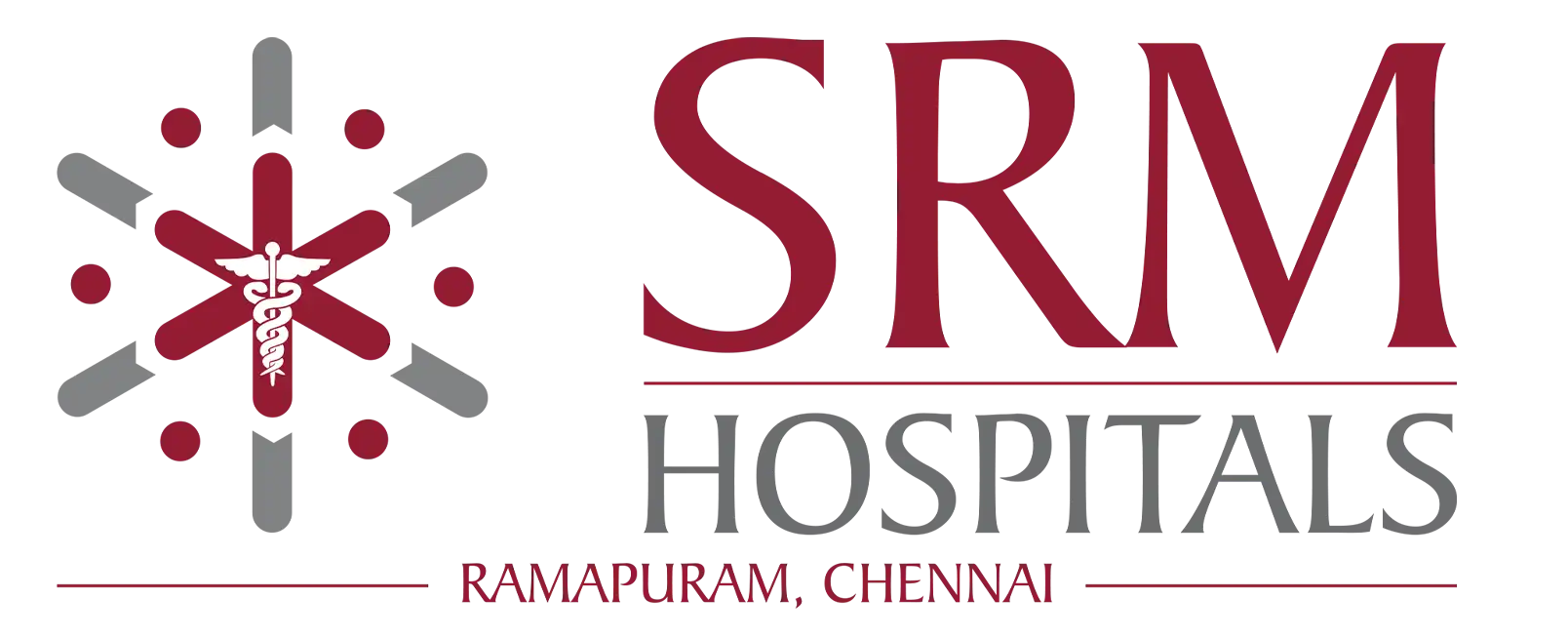What is Swallowing Disorders: Stroke and Congenital Disorders ?
Swallowing disorder or dysphagia may either be a result of many anatomical causes like thickened gut lining, constricted food pipe, windpipe, and food pipe restrictions, morphological defects, or neurological and muscular defects like muscle dystrophy, stroke, cerebral palsy, brain injury, and more. They can also be congenital or caused due to abnormal gene mutations. The patient may not be able to swallow food completely or partially hard food or also may feel a gag reflex and throw up the food each time they try to swallow. Treatment is modulated towards curing the underlying cause.
- Hemodialysis is a treatment to filter wastes and water from your blood, as your kidneys.
- Did when they were healthy. Hemodialysis helps control blood pressure and balance.
- Important minerals, such as potassium, sodium, and calcium, in your blood.
- Hemodialysis can help you feel better and live longer, but it’s not a cure for kidney failure.
- You may be able to do hemodialysis at home. Normally, hemodialysis begins well before your kidneys have shut down to the point of causing life-threatening complications.




